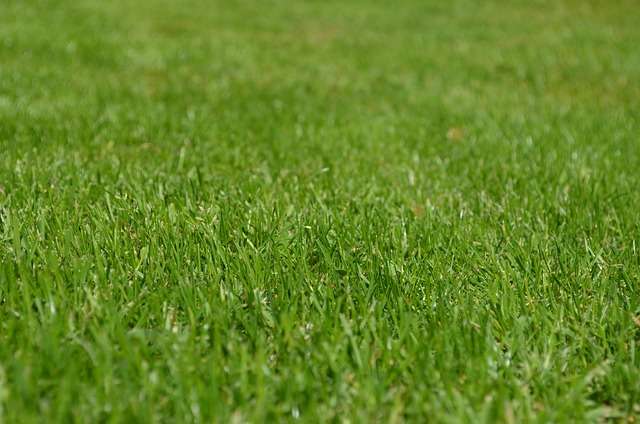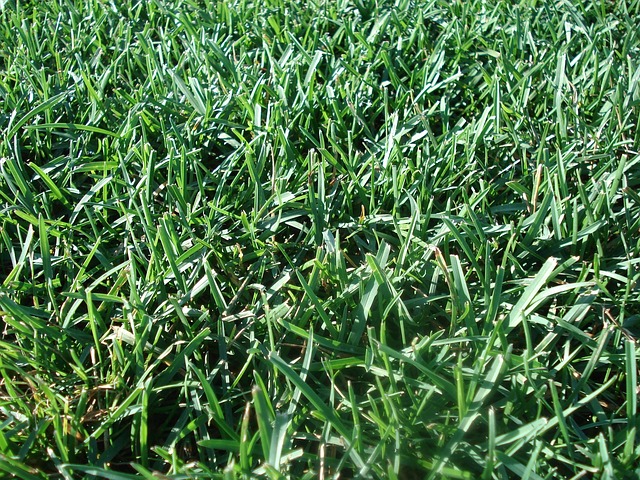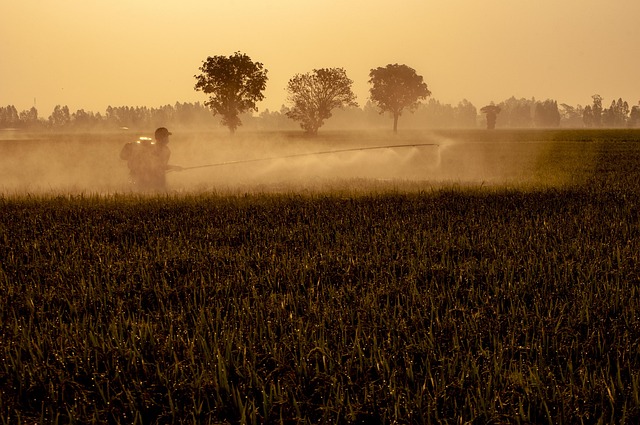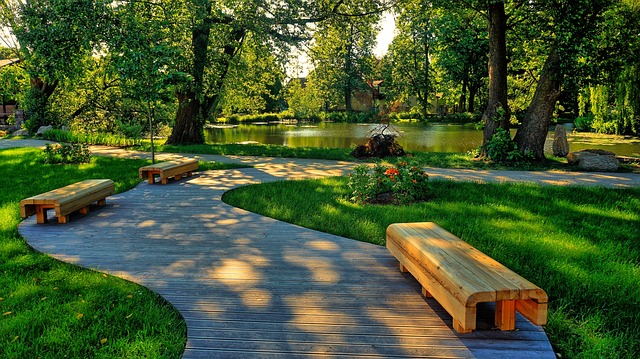Before starting any lawn care or landscaping project, clearly define your vision by understanding personal preferences, goals (e.g., lush lawn vs. vibrant flowers), functional needs, local climate, sunlight exposure, and water availability. This guides the design process, transforming ordinary outdoor spaces into aesthetically pleasing, practical, and sustainable landscapes that enhance lifestyle and property value through expert lawn care and landscaping practices. A successful project begins with a comprehensive site assessment to tailor plans based on unique land characteristics, plant selection, drainage, sunlight, and integration of existing features.
Transform your outdoor space into a functional and aesthetically pleasing oasis with our comprehensive guide to landscaping design and implementation. From understanding your vision to bringing your dream yard to life, this article is your roadmap. We’ll walk you through defining goals, assessing site conditions, and creating a balanced landscape. Learn about selecting the right plant species, incorporating hardscape features, and adding water elements. Then, discover the best practices for project execution, maintenance, and seasonal care, ensuring your lawn and landscaping thrive.
- Understanding Your Landscaping Vision
- – Defining your goals and preferences for outdoor spaces
- – Assessing the site: climate, soil, topography, existing features
Understanding Your Landscaping Vision

Before diving into the intricate process of landscaping design and implementation, it’s crucial to have a clear vision of what you want to achieve. This begins with understanding your personal preferences and goals for your outdoor space. Do you envision a lush, green lawn that becomes the centerpiece of your neighborhood or perhaps a more diverse landscape featuring vibrant flowers, towering trees, and intricate hardscapes?
Effective landscaping is not just about aesthetics; it involves blending form and function seamlessly. Consider how you plan to use the space—will it be a quiet retreat, an entertaining area for gatherings, or a play zone for children? Your vision should also account for practical aspects like climate, sunlight exposure, and water availability, ensuring that your chosen plants and features thrive in the specific conditions of your yard. This thoughtful planning is key to creating a beautiful and sustainable landscape that complements your lifestyle and enhances your property’s value through expert lawn care and landscaping practices.
– Defining your goals and preferences for outdoor spaces

Defining your goals and preferences is a crucial step in landscaping design, as it sets the tone for the entire project. When envisioning outdoor spaces, consider what you want to achieve—whether it’s creating a serene retreat, hosting gatherings, or simply maintaining a lush and well-manicured lawn. Incorporating personal tastes, such as preferred plant species, color schemes, and architectural styles, ensures your outdoor sanctuary aligns with your lifestyle and aesthetic.
Effective planning involves evaluating the existing landscape, considering climate and regional conditions, and determining the practical aspects of lawn care and landscaping maintenance. By balancing functionality, aesthetics, and practicality, you can transform ordinary outdoor spaces into vibrant, inviting areas that enhance your daily life and increase property value.
– Assessing the site: climate, soil, topography, existing features

When embarking on any lawn care and landscaping project, a thorough assessment of the site is paramount. This involves considering key factors such as climate, soil composition, topography, and existing features like structures, trees, and vegetation. Understanding these elements helps in tailoring a design that not only complements but also leverages the unique characteristics of the land.
Climate plays a significant role in determining plant choices and irrigation needs. Soil testing reveals nutrient levels and pH balance, guiding amendments for optimal growth. Topography influences drainage and sunlight exposure, dictating where to place shade-loving or sun-tolerant plants. Existing features provide opportunities for integration—repurposing existing paths, incorporating natural elements, or designing around cherished trees—to create a harmonious outdoor space that blends with the surrounding environment.
Incorporating effective landscaping design requires a clear vision and thorough understanding of your outdoor space’s potential. By defining your goals, considering climate, soil, topography, and existing features, you can transform your property into a thriving, aesthetically pleasing oasis. Remember, successful lawn care and landscaping are about aligning your desires with the unique characteristics of your land, resulting in a sustainable and beautiful outdoor environment that enhances your lifestyle.














